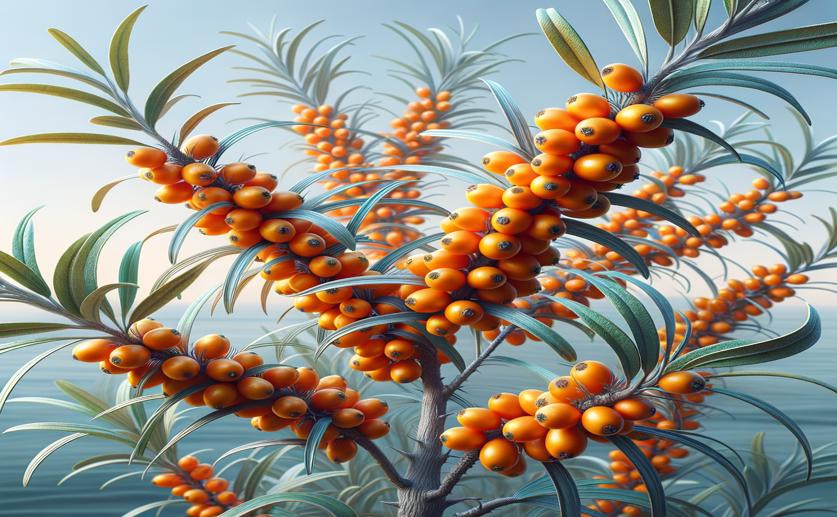
Complete Genome Mapping of Sea Buckthorn Variety
Jim Crocker
14th July, 2024

Image Source: Natural Science News, 2024
Key Findings
- Researchers from the Chinese Academy of Sciences sequenced the genome of a hybrid sea buckthorn variety, Fructus hippophae
- They achieved a high-quality genome assembly, covering 97.17% of the total genome sequences and validating it with a 98.80% complete BUSCO value
- The study identified 36,475 protein-coding genes and annotated 63.68% of the genome as repetitive elements, providing a comprehensive genetic resource for future research
References
Main Study
1) Chromosome-level genome assembly of Hippophae rhamnoides variety.
Published 13th July, 2024
https://doi.org/10.1038/s41597-024-03549-w
Related Studies
2) The Study on Sea Buckthorn (Genus Hippophae L.) Fruit Reveals Cell Division and Cell Expansion to Promote Morphogenesis.
3) Advances in improvement of quality and resistance in a multipurpose crop: sea buckthorn.
4) Tocopherols and tocotrienols in sea buckthorn (Hippophae rhamnoides L.) berries during ripening.



 13th July, 2024 | Jenn Hoskins
13th July, 2024 | Jenn Hoskins